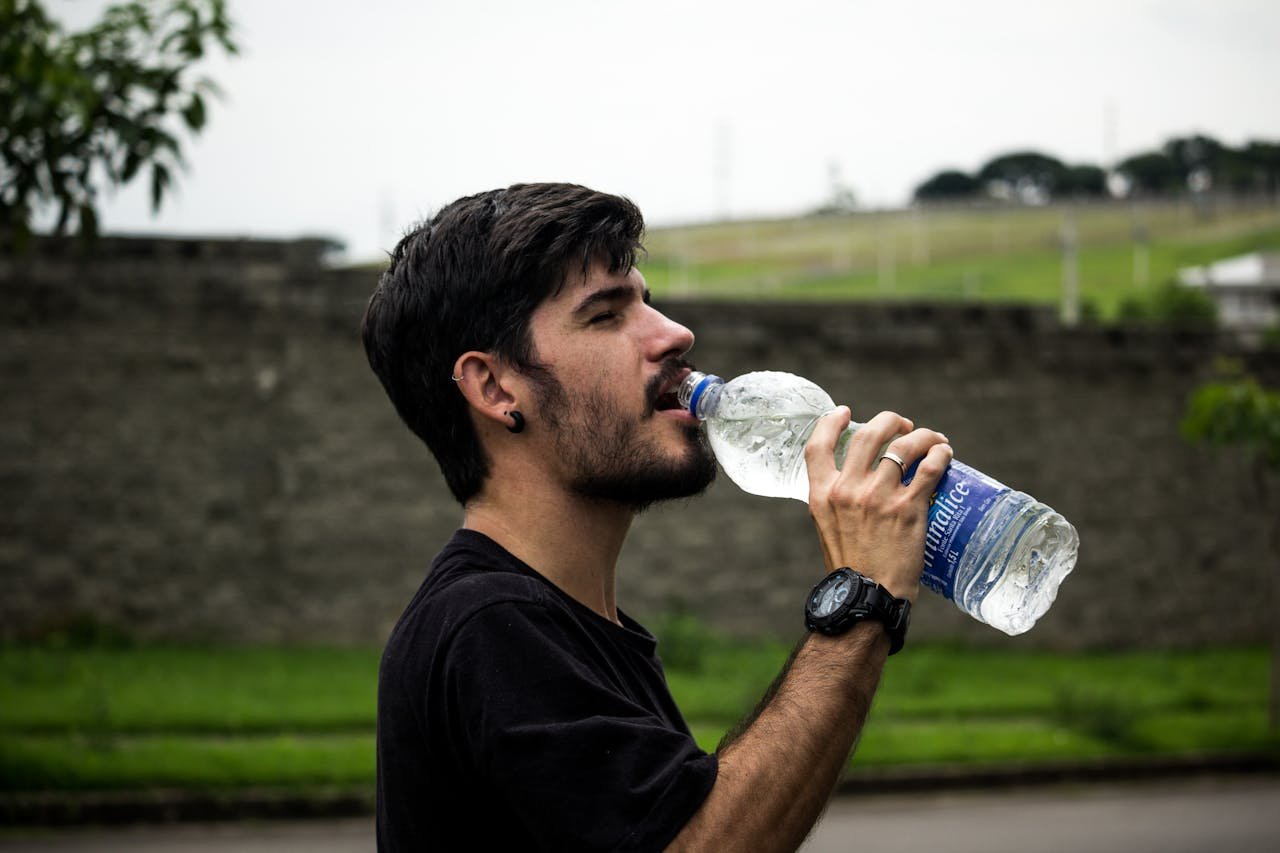There are 4 different stages of sleep cycles, and within each cycle, there is a specific sequence that occurs.
Understanding the different cycles in the sleep cycle and what happens in each stage will help you be able to sleep better throughout the night and feel more rested when you wake up.
What are the different Sleep Cycles?
You may have heard of the different sleep cycles and stages, but what is the difference between them?
The main difference is that sleep stages refer to the specific part of sleep you are in, while a cycle refers to the progression through multiple stages.
Sleep follows a recurring pattern where you progress from light to deep NREM sleep and REM sleep. This periodically repeats itself throughout your night's sleep.
To make this a bit more clear let's look at what each term means:
Sleep Stage – These are identified as either non-rapid eye movement (NREM) or rapid eye movement (REM) and describe what's happening in your brain and body during each stage of your sleep cycle.
In total there are four different stages of NREM followed by one stage of REM.
Sleep Cycle – Each complete cycle lasts an average of 90-120 minutes throughout the night, beginning with N1 and ending with REM.
The first half (about 60%) consists mostly of NREM where you move through stages 1 to 3 before entering REM for about 10% or less of your sleep time. Then it starts all over again for another 90 minutes.
4 Stages of Sleep Cycles
Let's go through the 4 different stages of sleep cycles and understand what happened in each stage.
1. NREM Stage 1 (Light Sleep)
The first stage of sleep, also known as light sleep, is the first stage of non-rapid eye movement (NREM) sleep. It is characterized by theta waves.
Hallucinations and hypnic jerks occur during this stage. The body is not yet fully relaxed, so arousal is easy at this stage.
It takes up to five minutes to reach NREM Stage 1 after falling asleep.
During this stage of sleep, your eyes move slowly and muscle activity slows down but there are still some twitches here and there.
This stage is considered to be a transition period between wakefulness and sleep.
2. NREM Stage 2 (Transitional Sleep)
The second stage of sleep, called transitional sleep, is in between being awake and deeply asleep. You’re not really moving around much, but you’re not sleeping soundly either.
Stage 2 lasts about 20 minutes, during which time your brain waves slow down slightly. Your eye movements also stop, although you can still be awakened easily.
This sleep stage is not a deep sleep yet and it does not last long enough for your body to enter a state of restorative sleep.
If you are awakened from this stage of the cycle then typically you will remember little or nothing about it.
3. NREM Stage 3 (Deep Sleep)
The third stage of sleep, also referred as deep sleep, is the stage where you're most likely to be difficult to wake up.
You spend a lot of this stage in slow-wave sleep (SWS).
You'll often experience some jerking movements during this stage of sleep as your body starts moving into REM sleep later on in the night.
It's at this stage that your body repairs itself and releases growth hormones which help with cell repair and muscle building.
4. REM Stage 4 (REM sleep)
REM sleep or rapid eye movement sleep is the time when your brain is most active and you're dreaming.
It's believed that your brain uses this time to process information from the day and consolidate it into memory. It's also when creativity tends to run wild.
A study at Harvard found that people tend to come up with more creative ideas during REM sleep than they do while awake.
The fourth stage of REM sleep is characterized by a complete loss of muscle tone throughout your body, which prevents you from acting out your dreams.
This temporary paralysis can be frustrating if you wake up before you're fully rested; if it happens often enough, it can be a sign of an underlying medical condition called narcolepsy that causes people to fall asleep randomly during the day.
Conclusion
Establishing good sleeping habits is key to have a good rest. The four stages of sleep cycles occur each night, and we can actually watch them happen. If you can learn to recognize the different stages, it will help you a lot in understanding why certain things happen when you are sleepy.





